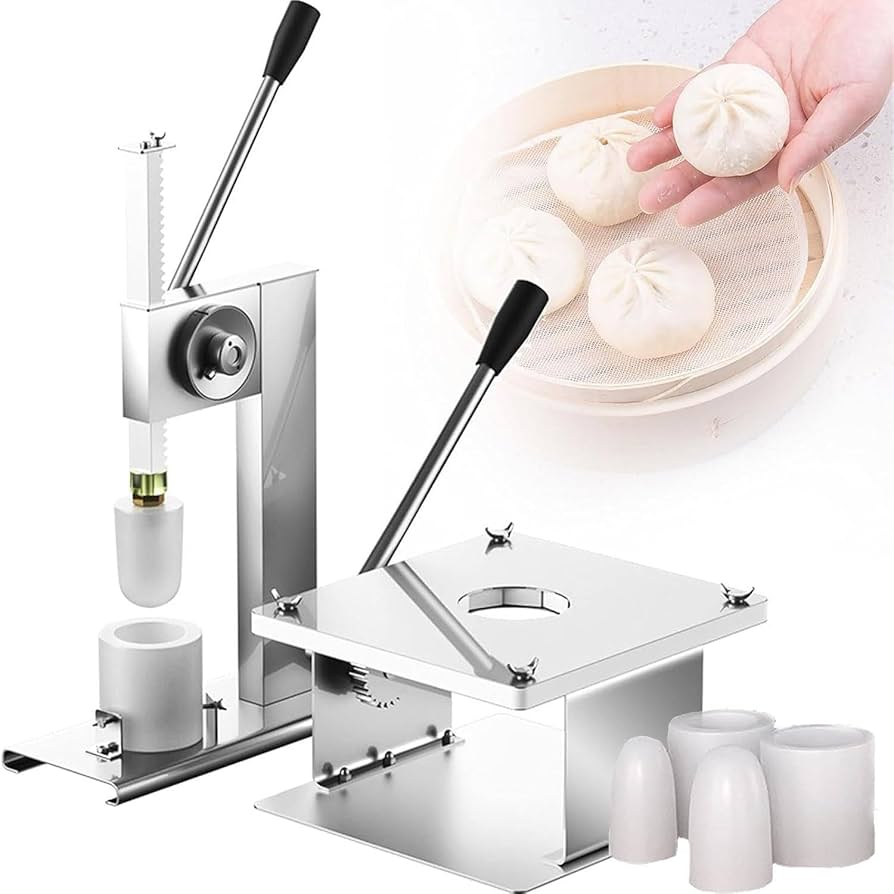10 years of experience as a food machinery equipment manufacturer
10 years of experience as a food machinery equipment manufacturer
Navigating the market for a steamed bun filling machine inevitably leads to the crucial question: “What is the price?” Understanding the cost landscape while ensuring quality requires careful consideration of several key factors.

The initial purchase price of steamed bun filling machines varies significantly, often spanning from a few thousand dollars for basic, lower-capacity units to tens of thousands or more for high-capacity, fully automated systems. This wide disparity primarily stems from differences in:
While upfront cost is a major factor, focusing solely on the lowest price can lead to long-term operational headaches and hidden expenses. Achieving the optimal balance involves evaluating quality indicators alongside the price tag:
A truly cost-effective decision looks beyond the initial purchase price to consider the Total Cost of Ownership (TCO):
When comparing options:
Understanding the price of a steamed bun filling machine necessitates a holistic approach. Comparing cost requires balancing the initial investment against tangible quality markers like material integrity, precision, durability, and reliability. Ultimately, the most economical choice for a business is rarely the cheapest sticker price; it’s the machine offering the best combination of performance, longevity, efficiency, and dependable support, delivering consistent value over its entire operational life. By diligently evaluating both price and quality factors, manufacturers can secure equipment that enhances productivity and profitability in their steamed bun production process.
